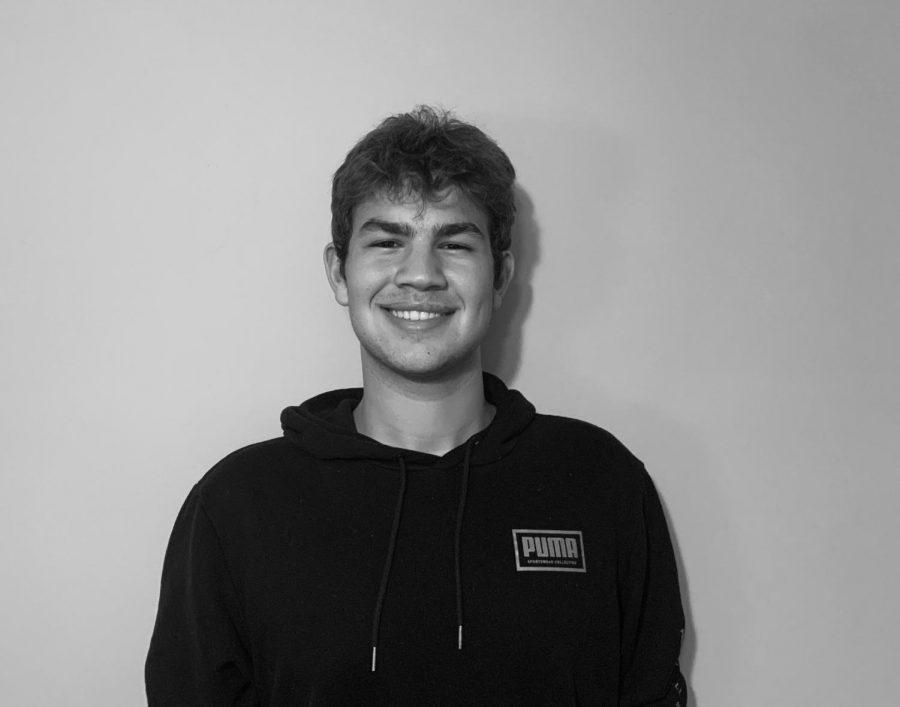Point-counter-point: Hybrid learning
Park returned to 25 percent capacity hybrid learning Oct. 26 and will transition to 50 percent in the coming weeks. This development marks the first time students will learn in the building since the pandemic began.
October 30, 2020
Hybrid provides necessary refresher to mental health
When Park announced their plan to go back to school in a hybrid model Oct. 12, I was skeptical that the benefits outweighed the risks of in-person learning. After all, a 25% student capacity would mean some classes would have only 2 or 3 students. However, when I attended my first day of in-person learning Oct. 27, it became clear to me how valuable in-person learning is.
Starting the year off in distance learning proved to be difficult for both students and teachers. While staying safe from the pandemic is extremely crucial, in-person human interaction is important for the mental health of all students and staff. At a time where depression rates are at risk of spiking due to the combination of COVID-19 and winter, having those in-person interactions, even if they’re heavily reduced, is extraordinarily valuable.
Despite having a student capacity at 25%, hybrid learning gave students the opportunity to interact with other students, and teachers were able to begin establishing more of a connection with students, as distance learning made it difficult to do so. Furthermore, this first week of hybrid learning can serve as an experimental run for administration to see what is working and what can be modified.
One of my major concerns before attending in-person learning was whether or not I would feel safe in the building. However, as the day went on my concerns were alleviated. Every student and teacher I encountered were respectful of the guidelines and practiced social distancing. Furthermore, I did not see one mask down all throughout the day excluding lunch, where the tables were all a comfortable distance apart from one another. Lastly, after every class the teacher would have us sanitize any and every surface we touched. It seems as if the school thought of everything and by the end of the day those worries I came in with had completely disappeared.
It is important to note that COVID-19 cases are at an all time high and are at risk of spiking even more as the upcoming holiday season brings more opportunities for exposure. However, Park has set in place an abundance of precautionary measures, and students who have participated in in-person learning have felt safe, myself included. Also, since the holiday season is around the corner, it is important for students to return now before in-person learning becomes too risky, which is very possible.
While returning to in-person learning may have seemed pointless and risky beforehand, being in school provided me with a much-needed mental health boost. Going forward, it is important to not only prioritize the safety of students and teachers, but also consider the impact distance learning has on mental health and by contrast, the mental health benefits of being in school.
Hybrid learning risks exacerbating the pandemic
March 18 was decades ago, or so it feels. Many are understandably giddy to step back into the building after nearly six months of distance learning, but the pandemic still rages and hybrid learning is simply too dangerous.
According to the New York Times, Minnesota COVID-19 cases and hospitalizations both hit new peaks in just the last week — over the last two weeks, cases are up 54 percent, deaths 28 percent and hospitalizations 40 percent. Although survival rates have slightly improved as doctors gain new experience with the virus, literally hundreds more of our fellow Minnesotans now sit on ventilators fighting for their lives.
The urgency many students feel to restart in-person learning is valid, but the decision to go back was nothing short of reckless given our spiking cases. Park implemented a number of precautions for the first week back, but any setting in which we interact with one another — especially indoors — creates the risk for transmission. Not to mention potential issues with enforcement and the apparent risk of eating together without masks (even while distancing) with an airborne virus ravaging our community.
The supposed benefits presented by hybrid learning are not convincing. Most if not all classes still run as if they are fully distanced, with many in-person students still having to participate over Zoom. So, academically, there does not seem to be much of a difference.
Many participating students noted how good it felt to see peers and teachers in-person for the first time in months, but this social benefit does not justify the risk of in-person school. Our mental health and social lives are incredibly important, however, they cannot come at the cost of other’s physical safety.
Teachers’ inability to truly opt-out (as many students have chosen to do) likely presents the greatest flaw in the hybrid model. Staff supposedly have a choice: stay home and take no pay or go in and potentially risk their health. For many, there is really only one option. By choosing to move into hybrid, administration literally risks the lives of our staff.
As COVID-19 cases skyrocket, we must do all we can to stem the spread. Instead, Park has chosen to go back to school and risk inflaming the already blazing pandemic. Administration should cancel hybrid school until cases decline.


